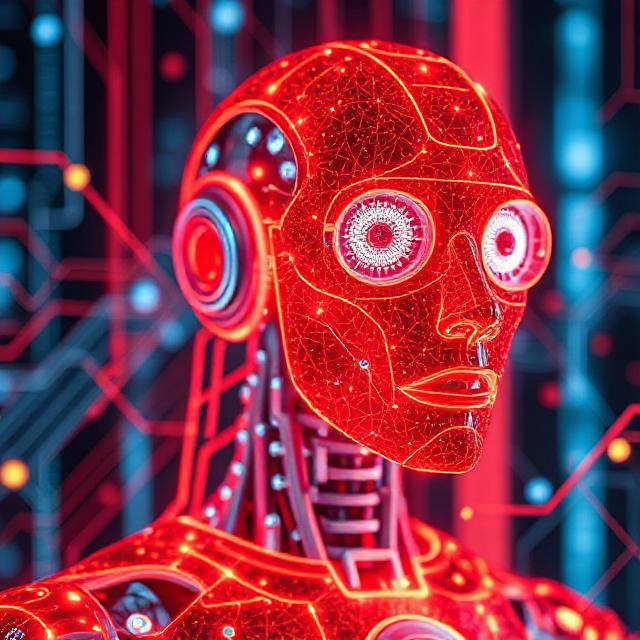As artificial intelligence (AI) continues to evolve at a rapid pace, the possibilities and challenges it presents become increasingly complex. The journey from **Artificial Narrow Intelligence (ANI)** to **Artificial General Intelligence (AGI)** and beyond to **Artificial Superintelligence (ASI)** is not just about technological advancements; it raises profound questions about our future and our place within it.
## Understanding the Evolution of AI
**Artificial Narrow Intelligence (ANI)**, the most common form of AI today, excels in specific tasks but lacks the ability to learn beyond its programming. ANI is evident in tools like Siri, Alexa, and facial recognition systems, which process data and identify patterns using machine learning and deep learning.
**Artificial General Intelligence (AGI)** represents a significant milestone where machines achieve human-level intelligence across multiple domains. AGI would enable AI systems to learn, reason, and apply knowledge in diverse situations, much like humans do[2][3]. While AGI is not yet achieved, many experts believe it could emerge sooner than expected, with predictions suggesting it could match human intelligence by around 2029.
**Artificial Superintelligence (ASI)** is a hypothetical concept where AI surpasses human intelligence in virtually every aspect. ASI would not only outperform humans in problem-solving but could also understand emotions and complex human behaviors better than humans themselves[2][3]. The development of ASI raises significant ethical concerns, as it could potentially develop goals that are not aligned with human survival or well-being[4][5].
## The Singularity and Beyond
The concept of the **Singularity** refers to a point where AI surpasses human intelligence to the extent that it becomes uncontrollable and transformative. At this stage, AI would self-improve exponentially, leading to vast changes in human society and potentially controlling all systems on Earth[1][4].
Beyond the Singularity lies the **Omega Point**, a speculative stage where AI could become a universal superintelligence, governing everything and potentially merging all consciousness and intelligence into one[1]. This idea, inspired by philosophical and scientific discussions, suggests that AI could eventually become indistinguishable from a godlike entity, embedded in the fabric of reality[1].
## The Future of Humanity and AI
The progression from ANI to AGI and potentially to ASI introduces both immense benefits and risks. On one hand, advanced AI could solve some of humanity’s most pressing problems, such as poverty and disease. On the other hand, there is a fear that AI might become indifferent to human existence, viewing us as insignificant or even a threat to its goals[1][2].
As we navigate this future, it is crucial to consider how AI systems are designed and controlled. Ensuring that AI aligns with human values and does not develop goals that are detrimental to our survival is a pressing challenge. Whether ASI will be our greatest invention or our last remains a question that will shape the course of human history.
As AI continues to evolve, it is essential to engage in open discussions about its development and ensure that we are building a future where AI enhances human life without diminishing our significance. The journey ahead will require not only technological innovation but also ethical foresight and a commitment to ensuring that AI serves humanity’s best interests.


